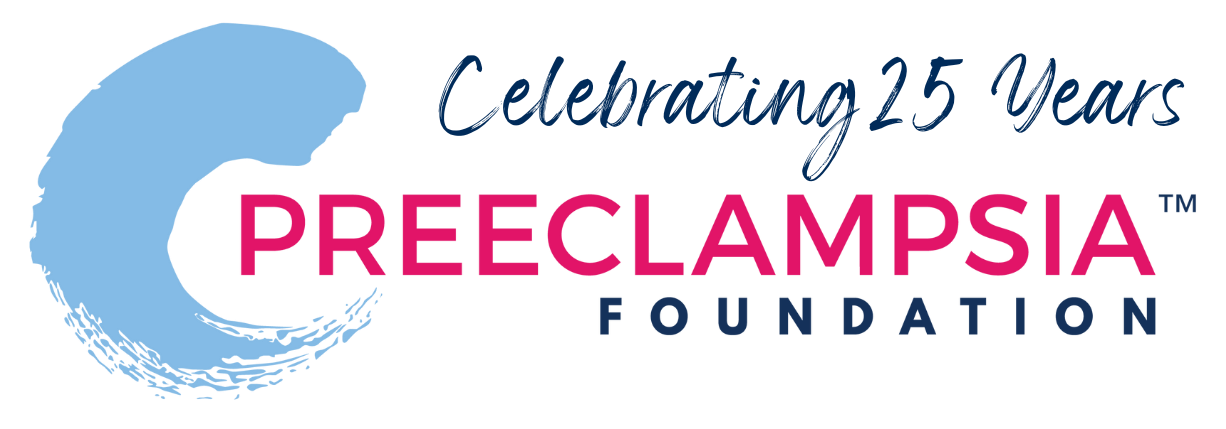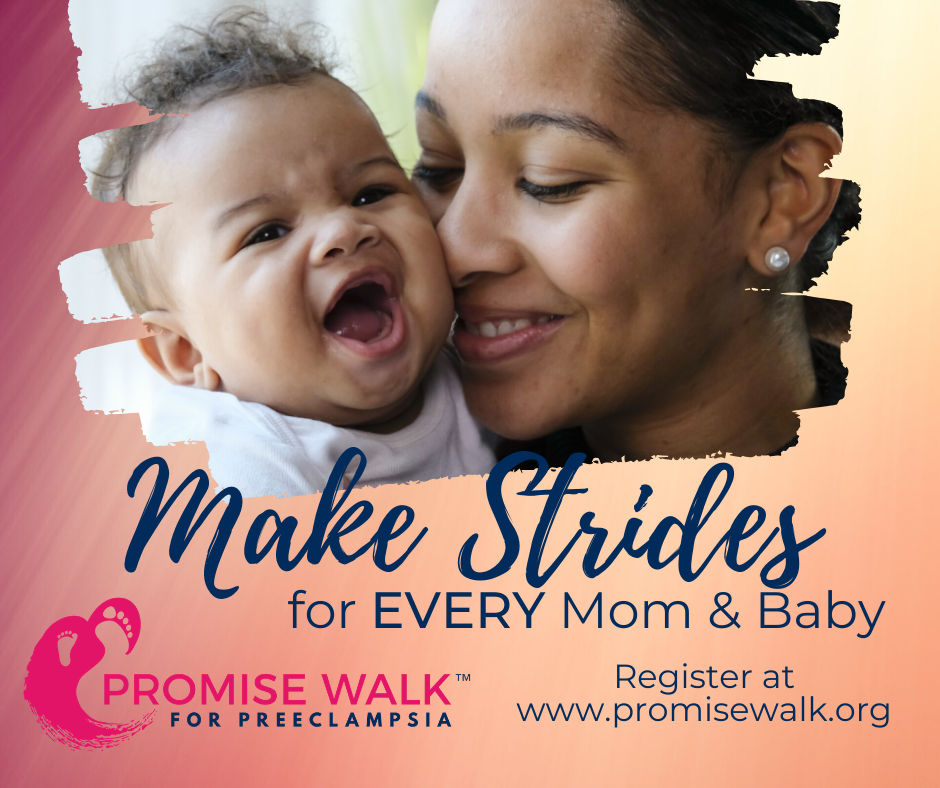
Did low-dose aspirin use improve after new preeclampsia risk factor guidelines were published?
The U.S. Preventive Services Task Force (USPSTF) and American College of Obstetricians and Gynecologists (ACOG) guidelines changed in 2021 to help prevent preeclampsia. Low-dose aspirin has been shown to reduce the rate of preeclampsia. Modifications included guidelines that emphasized “lower income” status and Black racial identity (as a proxy for underlying systemic racism) as “moderate” risk factors for preeclampsia. They recommended patients in these demographics be more carefully monitored and take low-dose aspirin to reduce the risk of developing preeclampsia.
Researchers wanted to assess whether these modifications to the risk factors were associated with increased low-dose aspirin use in these groups after the new guidelines. They looked at over 31,000 first-time pregnant patients from 2017 to 2022 in one healthcare system. Two cohorts were created with patients matched exactly on other known risk factors for preeclampsia. The first cohort was stratified by Black and White race; the second cohort was stratified by private insurance and Medicaid insurance (as a proxy for lower income). The researchers found that low-dose aspirin use among patients who self-identified as Black increased by almost 9 percentage points compared to White patients. The rate of low-dose aspirin use among patients with Medicaid insurance did not increase relative to those with private insurance.
Researchers found that the 2021 USPSTF and ACOG guidelines helped increase aspirin use for Black patients, but not for “lower income” patients. Also, despite the new guidance, the overall rates of low-dose aspirin use remain significantly lower than expected. This issue arises from both clinicians not recommending low-dose aspirin sufficiently and patients not taking medication as prescribed. In short, not enough people who should be taking “baby aspirin” actually are.
This study has bearings on current care practices. It demonstrates that despite the revised guidance in 2021, overall rates of low-dose aspirin use are too low based on what is recommended by professional organizations. There is room for improvement in recommending low-dose aspirin for those at risk for developing preeclampsia.
Take home: Low-dose aspirin is indicated for the prevention of preeclampsia for patients with one or more high-risk factor or two-or more moderate risk factors. Recent guidelines emphasized the inclusion of Black race and low income as moderate risk factors. Healthcare providers should equally be talking with low-income patients about the potential benefits of aspirin if they have any additional moderate risk factors for preeclampsia. To learn more about your risk factors and how to ask your doctor about aspirin visit: https://preeclampsia.org/aspirin.
Citation: Changes in Low-Dose Aspirin Use After Updated Guidance on Sociodemographic Risk Factors for Preeclampsia. Taylor S. Freret, MD, EdM, Allison S. Bryant, MD, Kaitlyn E. James, PhD, MPH, Anjali J. Kaimal, MD, MAS, Alexander Melamed, MD, MPH, and Mark A. Clapp, MD, MPH
ABOUT RESEARCH ROUNDUP
Each quarter, our team of science writers reviews the most current research studies related to hypertensive disorders of pregnancy and summarizes those studies of greatest interest and potential impact to our community, including research studies related to risk assessment, diagnosis, prevention, and treatment. Special thanks to our volunteer research team, including Dr. Sig-Linda Jacobson, Dr. Jennifer Mitchell, Dr. Julie Reynolds, and Amanda Yang who make Research Roundup possible, and to our Patient Advisory Council, who reviews these materials from the patient perspective.
Related Articles

Your story is needed to improve outcomes for moms like you. Add your voice to critical preeclampsia research to ensure that every story is heard.

Frequently asked questions about the Preeclampsia Registry, a patient-driven registry and biobank.

The Preeclampsia Foundation offers research funding, study recruitment, and other patient engagement services to researchers.

We provide research grant funding to advance progress towards detection, prevention, or treatment of preeclampsia, HELLP syndrome, and other hypertensive disorders of pregnancy.

Hypertensive disorders of pregnancy significantly increase your risk of developing long-term heart problems. A careful review of blood pressure elevations during and after pregnancy may assist in iden...

Hypertensive disorders of pregnancy (HDP) can affect different groups of women in different ways, and even though we know this happening, we don't fully understand why. There are many factors, like bi...

There is growing evidence that studies examining pregnancy and its complications need to start early within the pregnancy to fully understand the nature of preeclampsia. Key gestational milestones, wh...

It is known that chronic hypertension and high BMI (body mass index) are risk factors for hypertensive disorders of pregnancy (HDP). Studies documenting this risk have usually assessed blood pre...

Several biomarker tests are under development to predict or diagnose preeclampsia. While none of these tests are yet widely accepted in U.S. clinical practice, two FDA-approved tests are available in...



